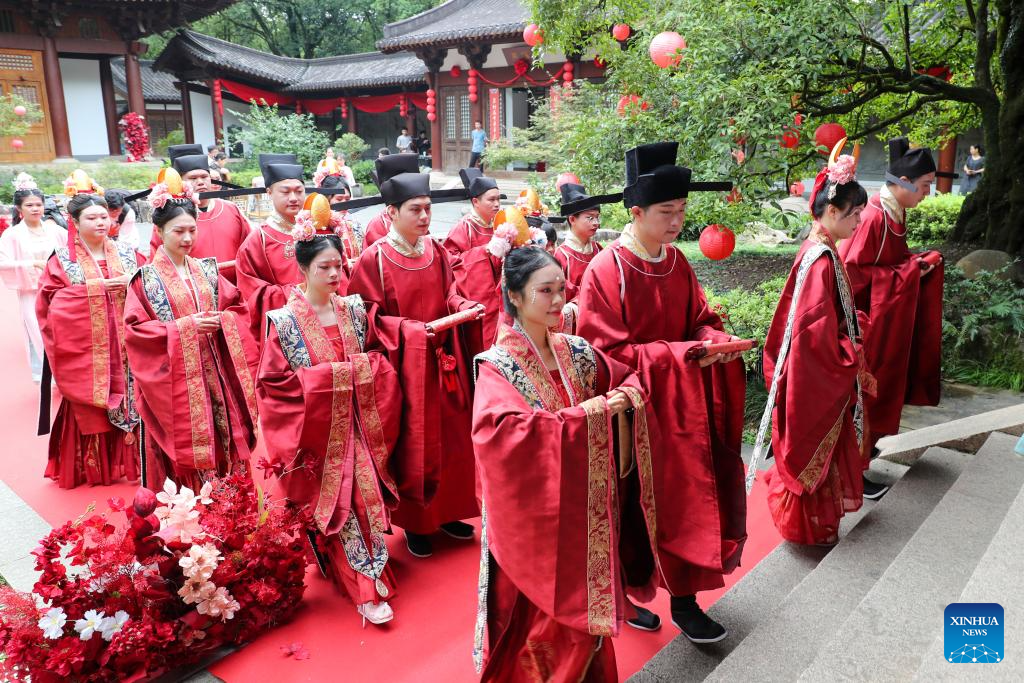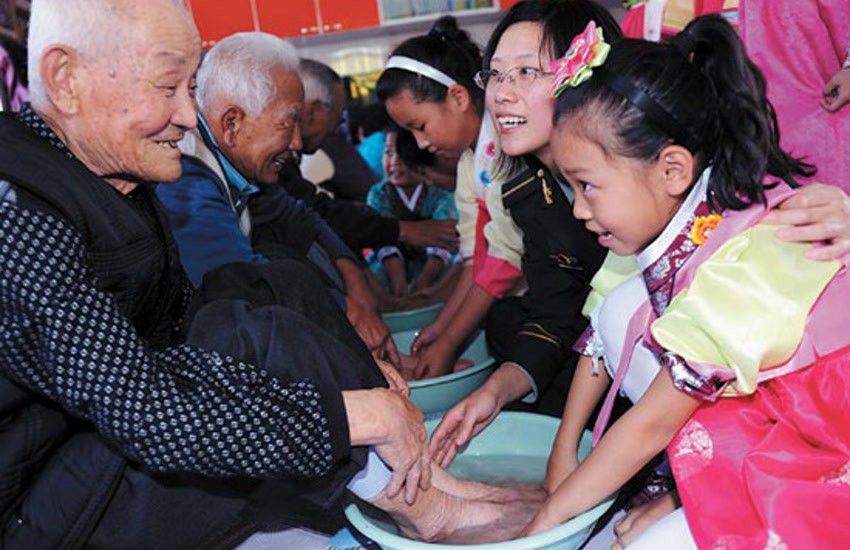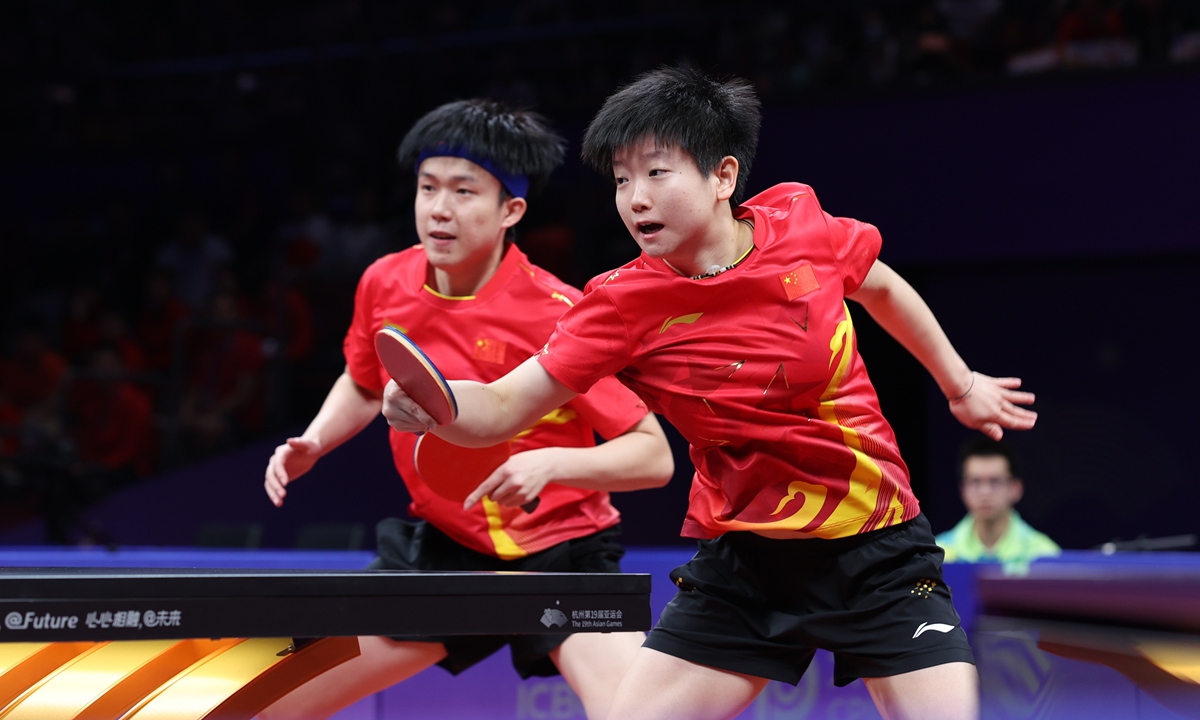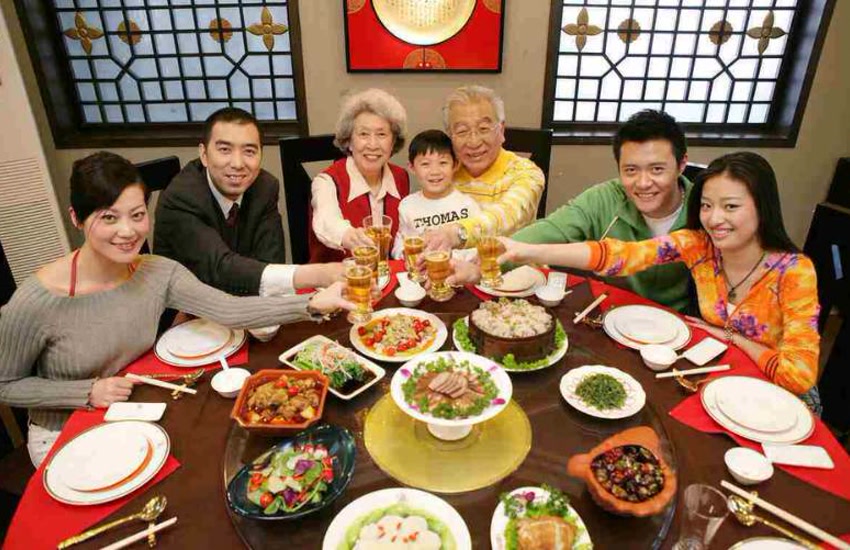
Hey fellow travelers and food enthusiasts! If you’re anything like me, you believe that travel is about more than just seeing the sights – it’s about immersing yourself in the culture, and what better way to do that than through food?
Today, we’re diving headfirst into the fascinating world of Chinese dining etiquette.
Forget just knowing how to order Kung Pao chicken; we’re talking about understanding the unspoken rules, the subtle cues, and the deep-rooted traditions that transform a simple meal into a cultural experience.
Why Bother Learning Dining Etiquette?
Respect and Appreciation
Showing that you understand and respect their customs is the ultimate sign of appreciation. It demonstrates that you’re not just another tourist passing through, but someone who genuinely cares about their culture.
Avoid Embarrassment (Yours and Theirs)
Trust me, you don’t want to be that person at the table, awkwardly committing faux pas that make everyone cringe. Understanding the etiquette helps you navigate the dining experience with grace and confidence.
Deeper Cultural Understanding and Improved Interactions
Food is more than just sustenance; it’s a reflection of a society’s values, history, and social structures. By understanding dining etiquette, you gain a deeper understanding of Chinese culture as a whole. Knowing the proper etiquette can actually improve your interactions with locals. They’ll appreciate your efforts to understand their culture, making them more likely to open up and share their experiences with you.
Seating and Hierarchy: Where You Sit Matters
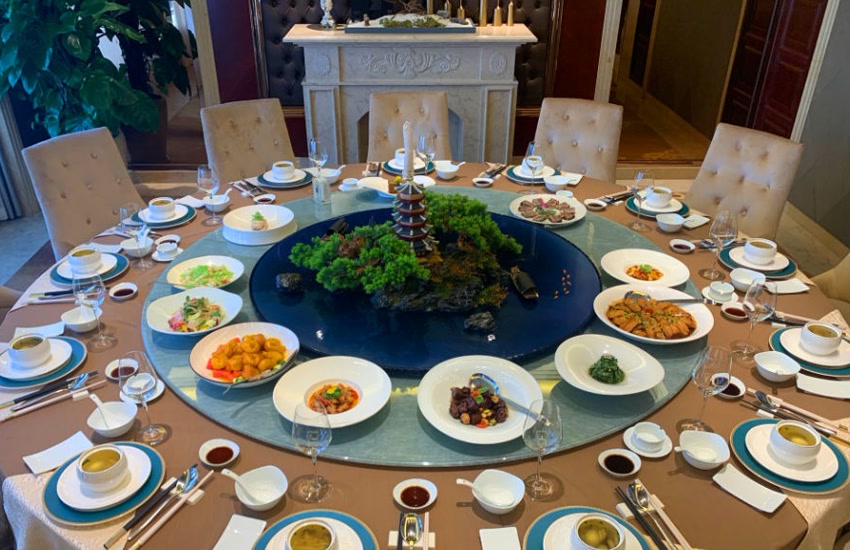
The Host Leads the Way
Don’t just plop down in the first empty chair you see. Wait for the host to invite you to sit. This shows deference and acknowledges their role as the organizer.
The Guest of Honor
The most important guest (you, hopefully!) is usually seated to the right of the host, facing the entrance. This is considered the position of honor.
Respecting Seniority
Older members of the group are typically seated closer to the head of the table, reflecting their seniority and experience. Remember, observe: When in doubt, observe what others are doing and follow their lead. This is the best way to avoid unintentional missteps.
The Art of Using Chopsticks (and Avoiding Common Mistakes)
Hold Them Right
Hold your chopsticks about one-third of the way down, using your thumb and forefinger to guide them. The bottom chopstick should remain stationary, while the top one does the moving.
Practice Makes Perfect
Don’t worry if you’re not a pro right away. Practice with some noodles or vegetables before your big meal. Most restaurants are used to seeing foreigners struggle and will happily provide forks if needed. But even if you opt for the fork, attempt to use the chopsticks sometimes!
The No-Nos
Here’s where things get serious. Avoid these common chopstick faux pas:
- Sticking them upright in your rice: This resembles incense offerings for the deceased and is considered extremely rude. Always rest them horizontally across your bowl or on a chopstick rest.
- Licking or chewing on them: This is seen as unsanitary and impolite.
- Using them to point or gesture: Chopsticks are for eating, not for conducting a symphony or directing traffic.
- Spearing your food: Use your chopsticks to gently pick up the food, not to stab it like a miniature spear.
- Searching through the dish: Don’t rummage around in the communal dish, looking for the “best” piece. Just take what’s closest to you.
Ask for Help
If you’re truly struggling, don’t be afraid to ask for help. Most hosts will be happy to show you the proper technique or offer you a fork.
Communal Dining: Sharing is Caring (and Strategic)
Lazy Susan to the Rescue
Many tables have a Lazy Susan (a rotating tray) in the center, making it easy to access all the dishes. Rotate it politely and avoid hogging your favorite dish.
Serving Etiquette
Use the serving utensils provided to take food from the communal dishes. Avoid using your own chopsticks to grab food from the shared plates.
Patience is a Virtue
Wait for the elders or those higher in hierarchy to serve themselves before you dig in. This shows respect for their position. Don’t Overload Your Plate: Take small portions at a time. You can always go back for more! This prevents food waste and shows consideration for your fellow diners.
Offer to Serve Others
Offering to serve food to others, especially elders, is a sign of respect and attentiveness.
Beverages and Toasting: Cheers to Good Fortune!
Tea Time
Hot tea is usually served throughout the meal, both as a beverage and as a palate cleanser. Accept it with gratitude.
Toasting Traditions
If alcohol is served, toasting is a must! The host will usually initiate the first toast.
How to Toast
When toasting, hold your glass with both hands (a sign of respect) and offer a blessing or well-wish to the person you’re toasting.
Clinking Glasses
It’s customary to clink glasses with everyone at the table, especially those older or higher in status. If you’re toasting someone of higher status, hold your glass slightly lower than theirs as a sign of respect.
Accepting a Toast
It’s considered impolite to decline a toast, unless you have a valid reason (like being unable to drink alcohol). Even if you can’t drink alcohol, you can still participate by raising your glass and taking a sip of tea or water.
Communication and Decorum: Mind Your Manners
Keep the Volume Down
Avoid loud talking or boisterous behavior. Chinese dining is typically a more subdued and respectful affair.
Avoid Sensitive Topics
Steer clear of controversial or sensitive topics that might cause discomfort or conflict.
Don’t Talk with Your Mouth Full
This is a universal rule of good manners, but it’s especially important in Chinese culture.
Show Appreciation
Express your gratitude for the meal and the hospitality. A simple “thank you” (谢谢, xièxiè) goes a long way. You can also compliment the food or the chef.
A Few Extra Tips for a Smooth Dining Experience
Dress Appropriately
While formal attire isn’t always necessary, avoid wearing overly casual or revealing clothing.
Arrive on Time
Punctuality is valued in Chinese culture.
Bring a Gift (Optional)
If you’re invited to someone’s home for dinner, it’s customary to bring a small gift, such as fruit, pastries, or a bottle of wine.
Be Observant and Adaptable
When in doubt, observe the behavior of others and adapt your actions accordingly.
Relax and Enjoy
Most importantly, relax and enjoy the experience! Chinese dining is a wonderful opportunity to connect with people and learn about a different culture.
Chinese dining etiquette might seem daunting at first, but it’s really just a matter of understanding the underlying values of respect, hierarchy, and communal dining. By making an effort to learn and follow these customs, you’ll not only avoid embarrassing yourself, but you’ll also show your appreciation for Chinese culture and create a more meaningful and enriching travel experience.
So, next time you find yourself at a Chinese dining table, remember these tips, embrace the cultural experience, and enjoy the delicious food! And who knows, you might even impress your hosts with your newfound knowledge of Chinese dining etiquette.
Bon appétit! (Or, as they say in Chinese, 祝你用餐愉快! – Zhù nǐ yòngcān yúkuài!)
Discover our others culture guide:





